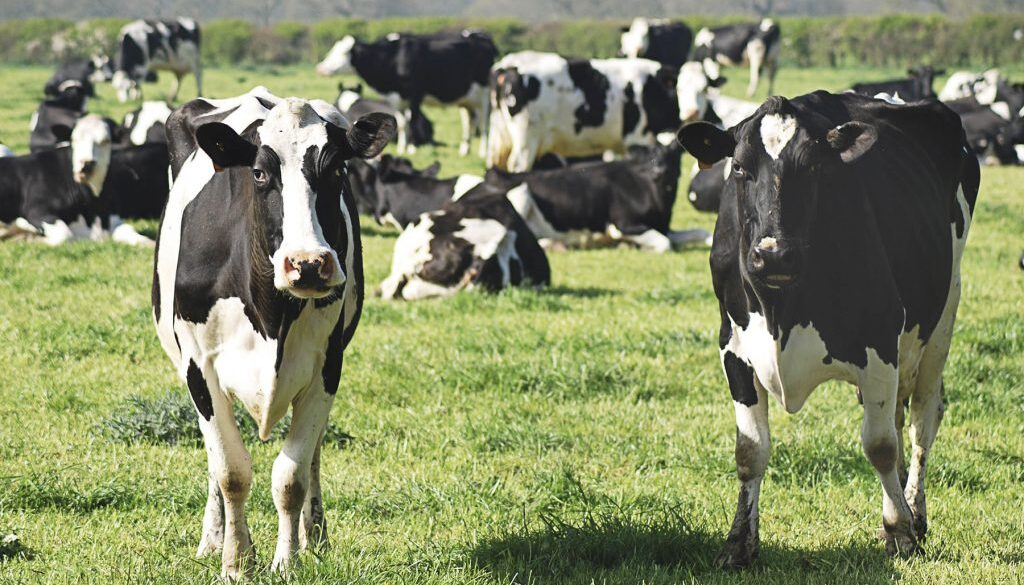EDS Te Tātai utu o nā tukunga: Pricing Agricultural Emissions
This is a submission on behalf of the Environmental Defence Society (EDS) on the Government’s Discussion Document Te Tātai utu o nā tukunga: Pricing Agricultural Emissions.
The submission responds to the schedule of questions included in the discussion document, reproduced in full with permission from Gary Taylor Chief Executive, Environmental Defence Society:
Question 1: Do you think modifications are required to the proposed farm-level levy system to ensure it delivers sufficient reductions in gross emissions from the agriculture sector? Please explain.
If farmers are to balk at the proposal as indicated by recent statements from Federated Farmers and others, and widespread non-compliance follows, then implementing a processor-level system would be a practical way forward. It is alarming how some farmers are signalling an unwillingness to comply with the rule of law. The farm-level option (which has benefits in sending price signals to individual famers) may therefore not be workable at least in the short term. Processors could develop their own incentive arrangements for their suppliers and some have experience in doing that already.
Question 2: Are tradeable methane quotas an option the Government should consider further in the future? Why?
There may be benefit in seeing the levy system as a transition to a cap and trade system. This means the levy system should be designed so that such a transition could occur. The cap should be set (and reviewed from time to time) by the Climate Change Commission (Commission) at the level that achieves the reduction targets. If Ministers were to make the decisions, then there should be transparent criteria in place, and they should be advised on the appropriate level by the Commission.
Question 3: Which option do you prefer for pricing agricultural emissions by 2025 and why?
A farm-level levy system, with fertiliser in the New Zealand Emissions Trading Scheme (ETS), would give individual farmers incentives to reduce emissions and reward those doing so. However, that may be an impractical option given that some farmers seem determined to not cooperate with any system. For that reason, we favour a pragmatic approach where pricing is set at the processor level, which would help avoid non-compliance. Processors could then develop incentives that would apply to their supplier cohort. There are also questions around whether a farm-level system could be developed in time.
Prices should be set either directly by the Commission, or if by Ministers, on the advice of the Commission and subject to transparent criteria.
Fertiliser should come under the ETS which would mean all fertiliser users are captured and the price signal applies across the sector.
Question 4: Do you support the proposed approach for reporting of emissions? Why, and what improvements should be considered?
Broadly yes but further work is needed to simplify the reporting system and ensure the obligations are proportional to the need.
Question 5: Do you support the proposed approach to setting levy prices? Why, and what improvements should be considered?
Price setting cannot be the responsibility of the sector itself. It must be independent and linked to the methane reductions required. As mentioned above, EDS favours this responsibility resting with the independent Commission (analogous to the Reserve Bank on interest rates). But if set by Ministers, then there should be clear decision-making criteria, and they should receive advice from the Commission. Further, the proposed ETS discount rates for long-lived gases are too generous given the persistent delays in bringing the sector into a pricing mechanism.
Question 6: Do you support the proposed approach to revenue recycling? Why, and what improvements should be considered?
Recycling revenue into finding new abatement approaches makes sense in theory, but the problem is that over $100m of public money has gone down that route since the early 2000s, with very little to show for it. If revenue is to go into research it needs to be to entities that offer prospect of deployment of real technologies into the field. Research criteria therefore need to focus on deployment.
The answer to emissions mitigation is to reduce land use intensity. Some compensation for that might also be needed given the farming sector has simply been following the economic signals to date. There is virtue in the model of low-impact pastoral farming with indigenous forestry, and recycling could support that kind of transition.
The big gap in the policy settings, at present, is the lack of strong and effective incentives for indigenous afforestation. Revenue recycling should be used to create such incentives, given the longer term sequestration and biodiversity benefits that would follow.
Further consideration should be given to whether revenue from the levy should also be used to support farmers needing assistance with adaptation crises on the farm (such as droughts and floods).
Question 7: Do you support the proposed approach for incentive payments to encourage additional emissions reductions? Why, and what improvements should be considered?
The price signals should be robust enough to incentivise the emission reductions required. Otherwise the sector is getting disproportional assistance / subsidies from the Government over other sectors.
Question 8: Do you support the proposed approach for recognising carbon sequestration from riparian plantings and management of indigenous vegetation, both in the short and long term? Why, and what improvements should be considered?
Two approaches are required here.
The first is to create a biodiversity incentive payment to support native forest and related plantings or regeneration. The proposed interim approach will achieve that, in part, but biodiversity enhancements need to be considered in the broader context and be designed to encourage and support native forest restoration at landscape scale.
The second is to ban permanent exotic carbon forests in the ETS.
The first approach can help support related government policies such as the National Policy Statement for Indigenous Biodiversity. The second would prevent widespread monocultures with their attendant adverse landscape impacts and fire and disease risks.
Question 9: Do you support the introduction of an interim processor-level levy in 2025 if the farm-level system is not ready? If not, what alternative would you propose to ensure agricultural emissions pricing starts in 2025?
Yes. In fact we think that should be the way forward in any event.
Question 10: Do you think the proposed system for pricing agricultural emissions is equitable, both within the agriculture sector, and across other sectors, and across New Zealand generally? Why and what changes to the system would be required to make it equitable?
It is time that the sector played its part in mitigating the impacts of climate change. It has got away with too much, for too long, and continuing taxpayer subsidy and support and the proposed incremental nature of the pricing obligations continue that approach. It is inequitable for the primary sector to be relying on others which are paying their way through the ETS.
With respect to Māori landowners, there may be a case for some interim support given they appear to be disproportionately impacted by the proposal. The best way to do that is to create a special category in the ETS for native forest regeneration and establishment that gives a long-term revenue stream as good as or better than permanent exotic carbon forests.
Question 11: In principle, do you think the agricultural sector should pay for any shortfall in its emissions reductions? If so, do you think using levy revenue would be an appropriate mechanism for this?
Yes and that calculation should be made by the Commission.
Question 12: What impacts or implications do you foresee as a result of each of the Government’s proposals in the short and long term?
Unless the Government’s proposals are enacted, we see widespread planting of permanent exotic carbon forests and rural non-compliance with the law. There will be some emission reductions, but the sector will continue to hold out on meeting its fair share, as it has since 2002. The climate will continue to warm with consequent droughts, floods and sea-level rise and farmers will continue to hold out their hands for Government support when impacted.
Question 13: What steps should the Crown be taking to protect relevant iwi and Māori interests, in line with Te Tiriti o Waitangi? How should the Crown support Māori land owners, farmers and growers in a pricing system?
By changing the pricing incentives to favour permanent native forests over permanent exotic ones. Māori landowners have indicated a preference for natives but the pricing incentives are going the wrong way.
Question 14: Do you support the proposed approach for verification, compliance and enforcement? Why, and what improvements should be considered?
Yes.
Question 15: Do you have any other priority issues that you would like to share on the Government’s proposals for addressing agricultural emissions?
The glaring gap is the absence of the right pricing incentives to encourage native forest restoration that would lead to a virtuous mixed land use in which native forests offset some on-farm emissions over time.
Ends.




